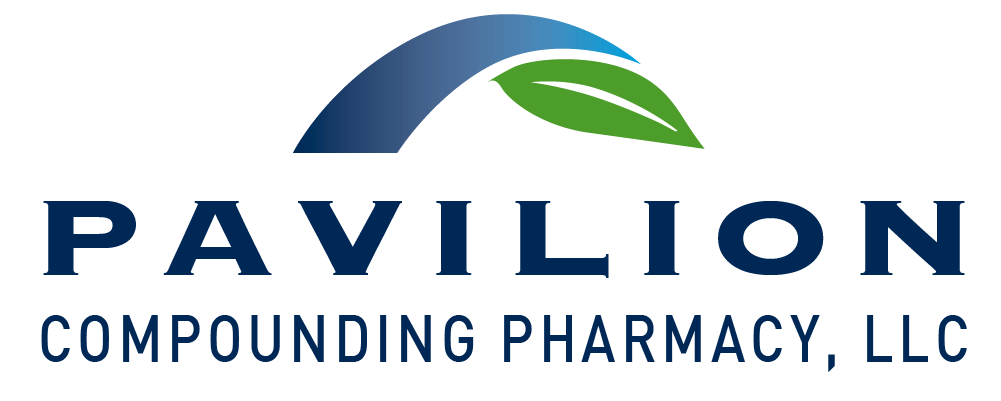Wound care healing and compounding are a perfect match for each other. So, when do you call in a compounder to help with your wound healing progress?
Pavilion Compounding Pharmacists are there to help when conventional therapy fails or when an innovative, unique approach is needed. The healing process is divided into 3 unique phases:
In a normal wound, healing shows a reduction of 10 to 15 percent per week and indicates no change in therapy. However, if this reduction is not met, then alternative healing option interventions can be discussed with your provider.
Wound healing involves several biological processes allowing the body to respond to trauma. As an experienced compounding Pharmacist, we have the knowledge and tools to assist in your wound care.
The wound care healing process is divided into 3 unique phases:
1) Immediate inflammation after trauma
- Clotting Begins, growth factors, collagen, platelets, thrombin and fibromectin
2) Proliferation
- Begins the 4th day after the wound, healing of new vascular network begins
- New granulation tissue ifs formed 1-2 weeks after injury many growth factors produced
3) Remodeling or maturation
- Can last continue for a year collagen becomes important supplying rigidness and tensile strength
How can Pavilion’s Pharmacists support the healing process?
As a compounding pharmacy, with access to 1000’s of active pharmaceutical ingredients (API’s) we can customize a formulation based on many therapeutic factors. In addition to the acitive drugs, we can specially formulate a compound with many different types of bases including: creams, ointments, thermo-reversible agents, powders, gels, and foams to maximize the therapeutic outcomes.
Our selection of bases are dependent on several factors, depending on the type of wound, i.e. wet and oozing, or dry and scaly, area of application, ease of use, debridement treatment, drugs being used, and of course economics. Many decisions are made, in collaboration with your provider, to obtain the best possible outcome for the wound or scar.
There is no single “best formula” – the formula that best fits your needs is our choice!!!
Determining the formula best for your wound/scar care are outlined below:
First, is there an infection we need to treat? Several antibiotics and antifungals are available to treat the wound. Some of these are:
- Ciprofloxacin
- Gentamicin
- Metronidazole
- Tobramycin
- Vancomycin
- Levofloxacin
- Mupirocin
- Colistimethate
- Clindamycin
- Bacitracin
- Neomycin
- Clotrimazole
- Miconazole
- Voriconazole
- Nystatin
- Amphotericin B
- Itraconazole
- Ketoconazole
- Ceftriaxone
- Sulfamethoxazole
- …and many others depending on the culture sensitivity
Second, can we increase the growth of tissue by using our compounding “magic?” It turns out we can provide this by introducing phenytoin, normally used for epilepsy, but in this case, phenytoin stimulates fibroblast proliferation and collagen disposition, antagonizes glucocorticoid production and supplies antibacterial activity.
Another option is to include misoprostol, a synthetic prostaglandin E1 drug, used initially to heal internal ulcers, but in this case we are taking advantage of the drugs inhibition of of IL-1 & TNF, both are cytokines involved in the inflammatory process. Misoprostol helps to reduce the inflammatory process and to promote collagen formation.
What other options can we provide to help with the healing process?
Let’s look at increasing blood flow to the wound area. Several options are available for this and our suggestion is to use this around the actual wound to increase the circulation to the affected area. So what drugs can be used? Nifedipine, a calcium channel blocker, will improve blood flow to the wound. Another choice is diltiazem, used in a 2% concentration. Another favorite is sildenafil, which will increase nitric oxide and thus increase circulation to the wound. I have seen this formula used with great success and is my first choice for circulation enhancement.
Ok, let’s address the issue of pain, which in many cases is part of the cascade of events a patient would be dealing with: Vast choices here including lidocaine, prilocaine, bupivacaine, and tetracaine. The choice of these would depend on area involved, existing conditions, such as heart disease, length of action, with bupivacaine addressing the longest duration of action, from 3 to 9 hours.
Alternative therapies for thought:
- Glucosamine, which helps to produce hyaluronic acid, which promotes cell growth, as well as a basis for cells to migrate to and thus increasing the “scaffold”
- Panthenol (dexpanthenol) which stimulates the migration, proliferation and gene regulation in dermal fibroblasts
- Allantoin which modulates the inflammatory response responsible for damage and stress to the tissue
- Tumeric (curcumin) which in a concentration of 0.1% increases the formation of granulation tissue, biosynthesis of extracellular matrix protein and TGF-B
- Benzoyl Peroxide which is an oxidizer/germicidal. Since oxygen is an important component of wound healing a logical choice for enhanced healing
- Sucralfate in a concentration of 3 to 10% which will cause a rapid epithelialization for tissue and used in several diaper rash formulas we provide



